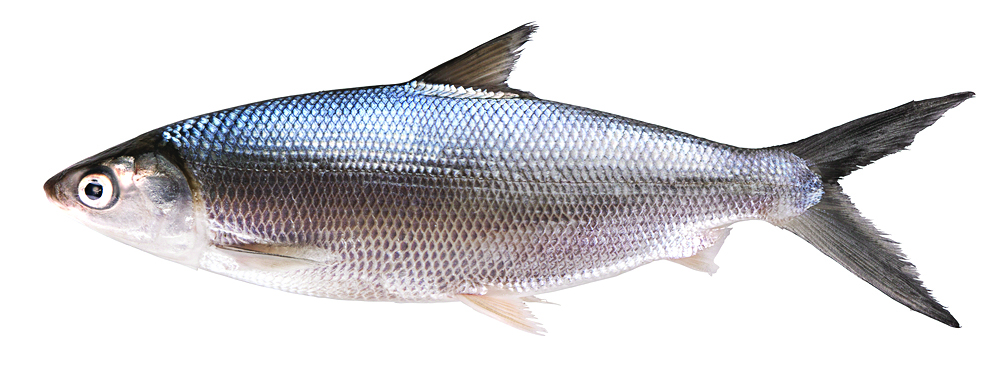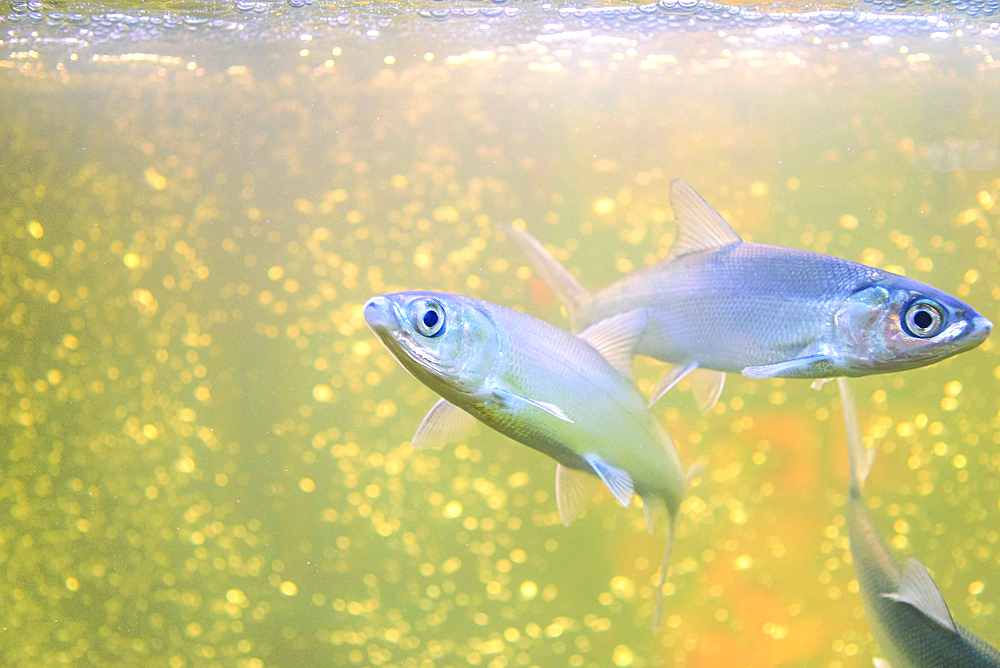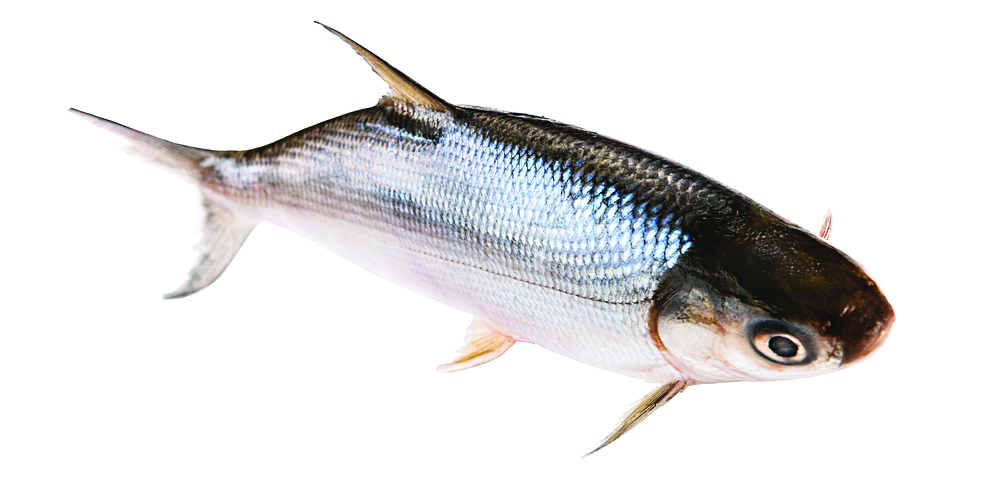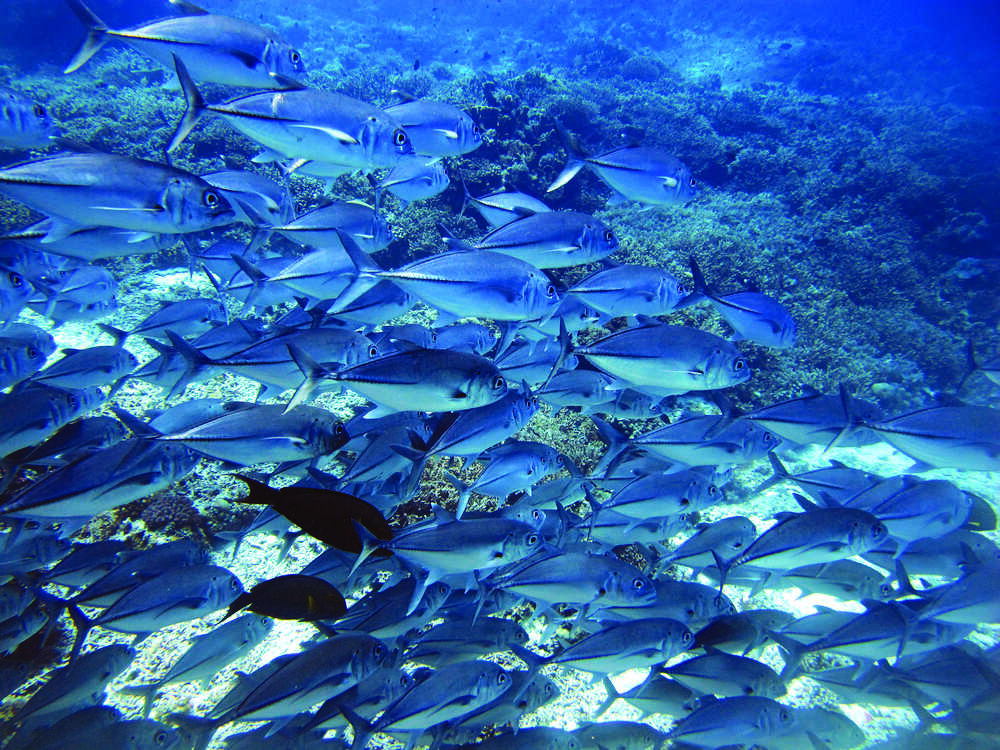As far as national symbols go, perhaps the most overlooked in
the Philippines is the water creature often served to us on a breakfast plate: the Bangus (Chanos chanos), also known as the Milkfish. Perhaps the reason they are so overlooked is they aren’t considered official national symbols by Philippine law.
So why do we believe in the Bangus over other familiar Fishes such as the Tilapia (Orecochromis niloticus), Tawilis (Sardinella tawilis), or even the Lapu- lapu (Epinephelus summana)?

COUNTLESS UNOFFICIAL NATIONAL SYMBOLS
An undated Google Site titled Philippine National Symbols lists every symbol associated with the Philippines, from the national anthem (Lupang Hinirang) to the national vehicle (kalesa or a horse-drawn carriage). The entry for national Fish reads, “Bangus is a popular table fare among Filipinos.” The Bangus is listed after the supposed national dish: lechon or roasted Pig.
That Google Site isn’t alone. Taste Atlas, a travel guide for traditional food, makes the same mistake, writing that the Bangus is “the national [F]ish of the Philippines.”
On the other hand, some outlets have attempted to change public perception of the Bangus. In May 2020, FlipScience, a Philippine science news and features site, published an article by Mikael Angelo Francisco explaining that the Bangus “isn’t the national symbol our school textbooks made it out to be.” In September 2021, retired lawyer and journalist Connie Veneracion of the blog Umami Days wrote that there is no national law declaring the Bangus as the national Fish of the Philippines, and “there is no law that names any [F]ish as the national [F]ish of the Philippines.”
Much of the confusion can be traced back to a 2014 house bill, as cited in a June 2020 article by Ryanne Co for Tatler Asia which lists the Bangus as one of the unofficial national symbols of the Philippines.

HOUSE BILL 3926
A February 2014 press release written by Lorelei V. Castillo, published on the House of Representatives website, states that House Bill 3926 was authored by then-Congressman of the first district of Bohol, Rene Relampagos. Relampagos was the chairman of the House Committee on Tourism.
Though the bill has yet to be passed, it was meant to upgrade the Bangus’ status from “unofficial” to “official” along with other symbols such as the Philippine national dance (carinosa), national martial arts and sport (arnis), and national tree (Narra), among others.
Even in proposing the bill, Relampagos made reference to schools: “In the Philippines, there are around twenty national symbols being taught in school…of these symbols, only ten are official”.
If passed, the bill would compel government agencies such as the Department of Education, the National Historical Commission of the Philippines, the Commission on Higher Education, and the National Commission for Culture and the Arts to promote the symbols’ conservation and preservation.

PAST THE BANGUS’ BELLY
In the 2000 book Palayok: Philippine Food Through Time, on Site, in the Pot, the late food critic and scholar Doreen Fernandez wrote, “The fact that the Philippines is an archipelago composed of some 7,100 islands is the first determinant of its foodways.” In other words, eating sea animals is second nature to Filipinos.
Fernandez explained that though the Bangus has many bones, they are a “Filipino favorite” and are “stuffed with tomatoes, onions and black pepper, and thrown on live coals, the scales serving as natural insulation, keeping the flesh white and sweet” in Bulacan.
The Bangus has long been praised as food. It is of note that unlike other “official” animals such as the Philippine Eagle (Pithecophaga jefferyi), the Bangus is not endemic to the Philippines. Milkfish are farmed in other Southeast Asian fisheries, particularly in Indonesia. They are also not endangered.
There is no arguing that the Bangus is still a common dish today. Considering, however, all the attention the species has received as a symbol, it’s high time we begin looking at the Bangus past their bellies and as lives.

THE SHORT LIFE OF A BANGUS
According to the Food and Agriculture Organization of the United Nations, the Bangus can measure up to 180 cm long and weigh up to 14 kg. They have been known to live up to 15 years long.
Unfortunately, they are typically harvested once they reach a size between 20 cm and 40 cm, at a weight of 250-500 g.
Alex is the proud mom of Furball, her little kitty prince and her only furbaby. She has been vegan for several years. Her academic interests lie in ecocriticism and human-animal studies.






